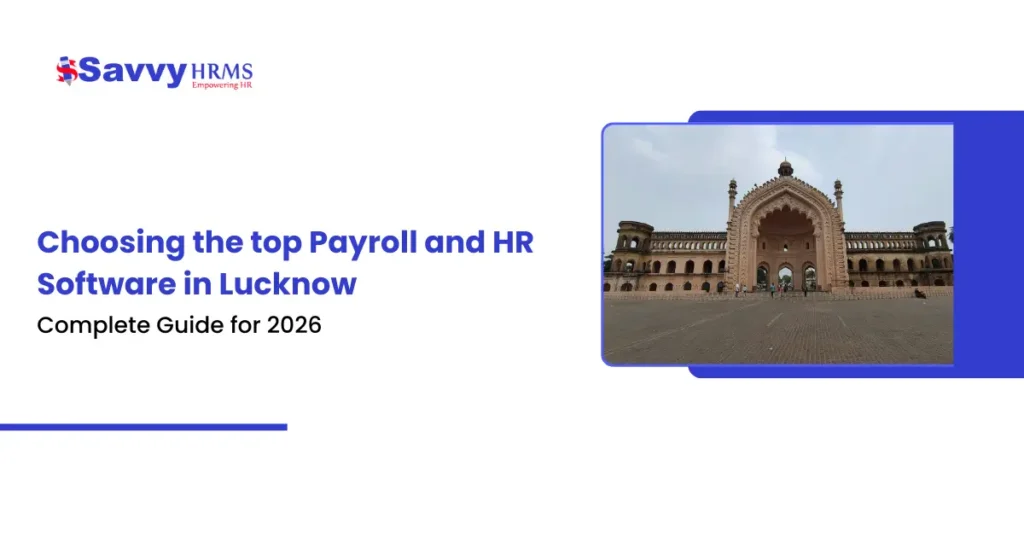The right hiring process extends beyond scanning resumes and interviewing; the selection process, in fact, is a strategic and systematic way of ensuring that the organization finds candidates.
We will now take you through a stepwise journey on the important stages of the selection process, discuss the need for selection, and briefly touch base about how it interrelates with other human resource functions. If you are an HR professional or somebody seeking a job, this can go a long way.
What is Selection?
First of all, the selection process is the path taken by an organization when screening applicants for a job vacancy for primary consideration. It can be said to be an important part of recruitment that focuses on testing someone on the basis of skills, experience, attitude, and suitability with respect to the organization’s objectives and culture.
Key Steps in Selection
Let’s go on to outline the selection process in very simple terms:
- Job Posting and Collection of Applications
Applications are collected using ATS and other digital modes.
- Resume Screening
Next, HR professionals look through resumes to shortlist candidates whose qualifications and experience meet the requirements of the job.
- Initial Interview (Telephone or Video)
A brief talk is held at this moment to assess communication skills, availability, and basic job fit.
- Assessment Tests (Optional)
Companies may have tests, such as aptitude, technical, or psychometric, to assess the likelihood of success for the candidate for the role.
- In-Person Interview or Panel Interview
This is generally a highlight portion of the selection process, where candidates would meet with the hiring managers and possibly some senior leaders to discuss their resumes, problem-solving abilities, and career aspirations.
- Background Checks
Several checks, starting with verification of employment, obtain confirmation and validation of education and legal status.
- Final Offer and Onboarding
Finally, the offer letter goes out for acceptance, and from then the onboarding process starts, whereby the new hire becomes acquainted with the company and company policies.
The Importance of the Selection Process
It is not merely the mechanism whereby the vacancies are filled; rather, in reality, it is the bedrock of the future of your organization. To be strategically conducted, a selection process can indeed:
- Reduce hiring cost
- Increase employee satisfaction and reduce attrition.
- Align business with overall company objectives.
Indeed, with HR software and an entire performance management system, selection becomes even more defined and accurate.
Best Practices in Selection Effective
Here are some recommendations that will improve hiring quality for you:
- Structured interviews with prepared questions should be used.
- There should be more members on the selection panel.
- Adopt technology, such as HR Analytics, to determine fit.
- Integrity is what they owe the candidates throughout the whole process.
- Think of diversity and inclusion.
Selection will then be the backbone of talent acquisition with the above.
Common Challenges in the Selection Process
While these steps may seem straightforward, one can certainly witness a number of challenges in the process:
- Unconscious Bias
Aliens and predators want to influence one’s hiring decisions by means of bias.
- Unstructured Interviews
This will lead to inconsistency of questions, which in turn will have the effect of resulting in an inconsistent assessment.
- The Process is Time Consuming
Those manual steps, apart from that, add to the already huge amount of time needed for the entire process, frustrating the top candidates even further.
- Poor Communication
Taking too long to give an update might cause a drop in candidates.
Knowing these blockages enables the HR teams to refine the coins for better results.
Changing the Selection Process using Technology
It’s time to welcome the new age of hiring: intelligent, fast, and data-driven, with HR tech-related:
- AI-enabled resume screening
Intended to shortlist the candidates by setting predefined criteria against which the resume can be examined.
- Automated interview scheduling
Saves time and replaces unnecessary email back-and-forth.
- Video interview platforms
Allow asynchronous interviews and remote assessments.
- Data analysis tools
They would really help make a better living for candidates, and at the same time minimize human mistakes along the way.
Conclusion
The process of selecting a candidate is not that of a mere selection; it is about moulding the future of the organisation. A structured and thorough approach will contribute to hiring effective personnel who will ensure long-term success. Candidates, at the same time, will feel informed and empowered. Thus, both parties will win.
FAQs
Q1. How long do selection processes usually take?
It depends on the organization and the position, but generally from 2 to 4 weeks.
Q2. Is selection the same across industries?
No, selection processes can differ a lot according to industry, job level, and organizational policies.
Q3. Is technology capable enough to replace human judgment in the selection process?
Technology should support but never supplant human resource judgment, particularly in terms of evaluating soft skills and cultural fit..



